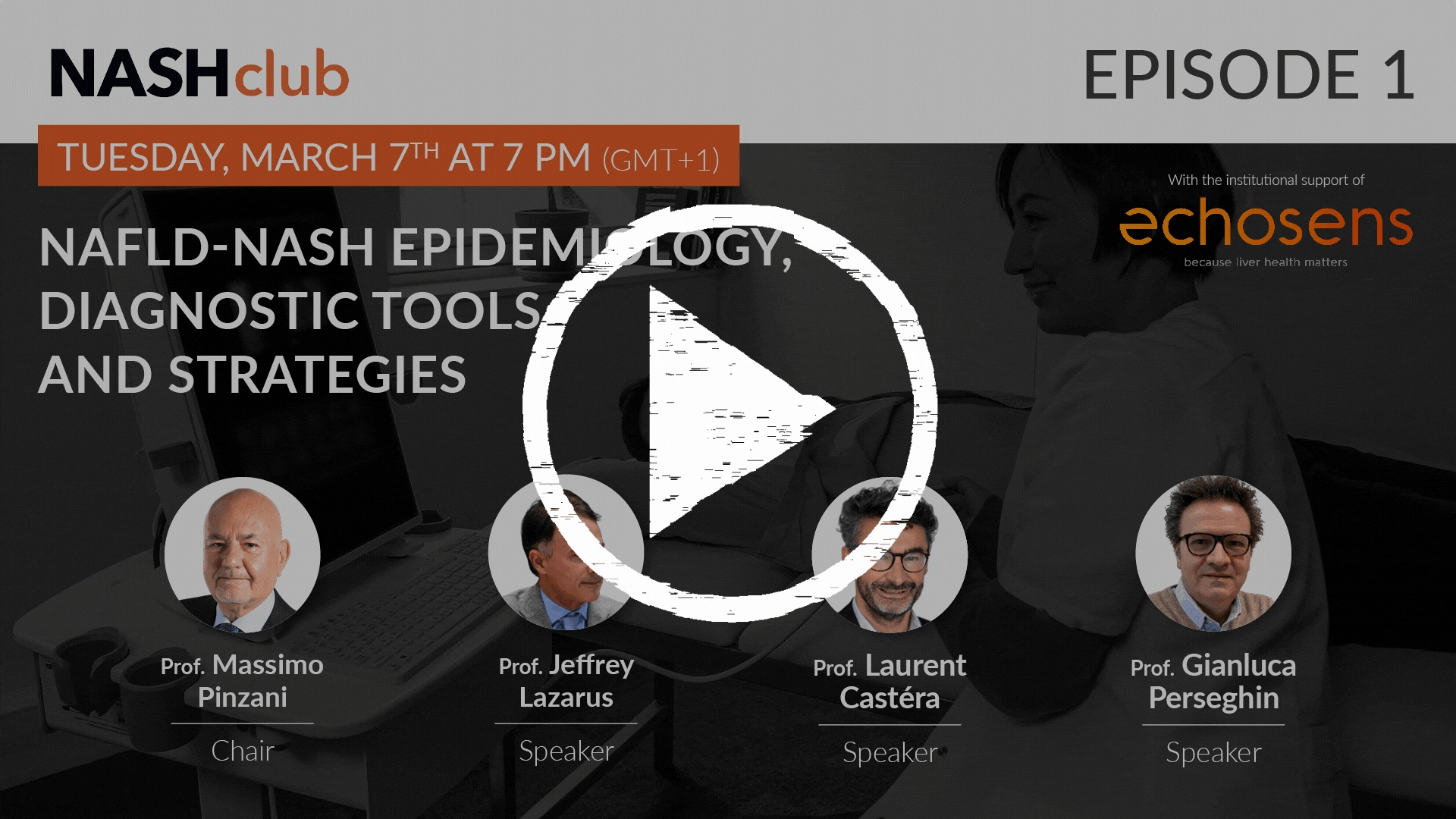Key Messages
1. Global MASLD Impact: MASLD, defined by steatosis and metabolic criteria, affects approximately 38% of the global population and 65% of type 2 diabetes patients.
2. Fibrosis as a Determinant of Outcome and Prognosis: Fibrosis is the primary driver of liver disease outcomes and the main target for diagnosis, treatment, and prognosis in MASLD
3. Non-Invasive Diagnostics: The current paradigm recommends FIB-4 followed by FibroScan® for stratifying patient risk and guiding treatment.
4. Hepatology Cultural Shift: A cultural shift in hepatology towards prevention, early diagnosis, and early intervention is essential for improving patient outcomes.
5. Genetic Determinants Importance: Understanding the genetic determinants of hyperbetalipoproteinemia is vital for developing precision medicine strategies and targeted therapies.
6. APOB Mutation Risks: APOB mutations can lead to hepatic steatosis and increase the risk of severe liver conditions, including cirrhosis and liver cancer.
7. Collaborative Liver Management: Collaboration between endocrinologists and hepatologists is necessary for a holistic approach to managing liver health in patients with metabolic risk.



